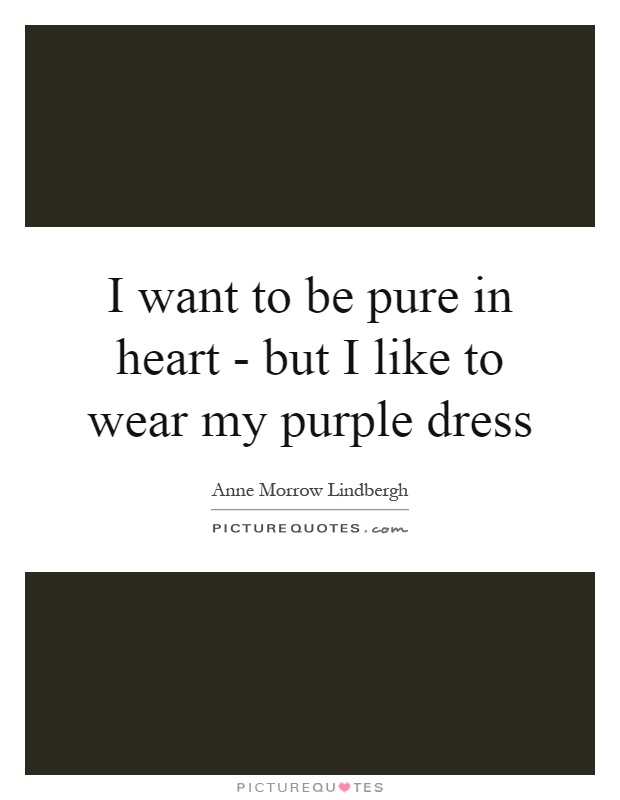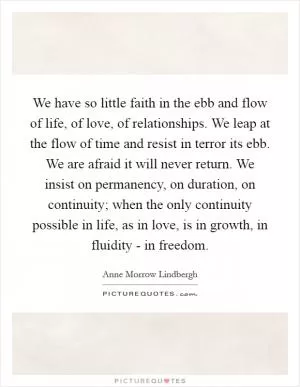I want to be pure in heart - but I like to wear my purple dress

I want to be pure in heart - but I like to wear my purple dress
Anne Morrow Lindbergh was a woman of many contradictions. She was known for her purity of heart, her deep spirituality, and her commitment to living a simple and meaningful life. Yet, she was also a woman who enjoyed the finer things in life, who appreciated beauty and elegance, and who liked to indulge in the occasional luxury.In her writings, Lindbergh often grappled with the tension between her desire for purity and simplicity, and her love of beauty and material things. She recognized that these two aspects of her personality were in conflict, but she also understood that they were both a part of who she was.
“I want to be pure in heart - but I like to wear my purple dress,” Lindbergh once wrote. This simple statement captures the essence of her struggle. She wanted to be a person of integrity, someone who lived according to her values and beliefs. But she also wanted to enjoy the pleasures of life, to revel in the beauty of the world around her.
Lindbergh’s purple dress symbolizes her love of beauty and her appreciation for the finer things in life. It represents her desire to embrace the world with all its colors and textures, to experience life in all its richness and complexity. But it also serves as a reminder of the tension between her innermost desires and her outward actions.
For Lindbergh, the key to reconciling these conflicting impulses lay in finding balance. She believed that it was possible to be both pure in heart and to enjoy the pleasures of life, as long as one approached them with a sense of mindfulness and gratitude. She understood that true purity of heart was not about denying oneself the things that brought joy and beauty into one’s life, but about appreciating them in a way that was respectful and mindful.












 Friendship Quotes
Friendship Quotes Love Quotes
Love Quotes Life Quotes
Life Quotes Funny Quotes
Funny Quotes Motivational Quotes
Motivational Quotes Inspirational Quotes
Inspirational Quotes